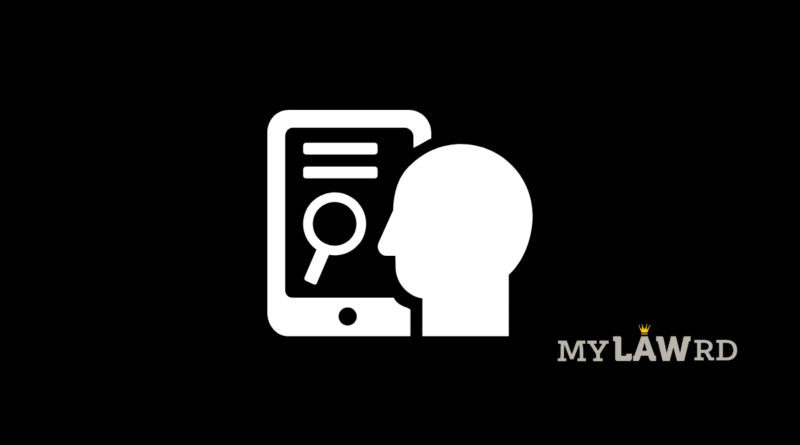Google announces new measures to protect the safety of children
On Tuesday, Google announced new measures to protect the safety of children on its platform. The platform announced that it will no longer target ads to people under the age of 18 based on their age, gender, or interests. It also announced that it will turn off its “location history” feature internationally, which monitors location data for users under the age of 18. It will broaden the types of age-sensitive ad categories that are blocked for users under the age of 18 and enable safe searching filters for those under the age of 18.
Google is also adopting a new policy that allows all under-18s and their parents or guardians to request that their photographs be removed from Google Image search results.
Google has adopted the following measures to protect the safety of children.
Changes to Youtube
On Tuesday, Google’s video-streaming service YouTube announced that it would shift the default upload setting for kids aged 13 to 17 to its most private option, where content is only seen to the user and individuals they designate. Users will be able to choose whether or not to make their content public.
Google will also strip the YouTube Kids app of “overly commercial content,” such as “videos that primarily focus on product packaging or actively push youngsters to spend money,” according to James Beser, the site’s kids and family product management director.
SafeSearch
Google will enable the SafeSearch function, which helps filter out explicit results, for users under the age of 18. The option will be default for minors creating new accounts. At present. all users under the age of 13 have this option enabled by default.
Google Assistant
Google also revealed that it is working on new default protections that will prevent mature content from emerging during a child’s experience with Google Assistant on shared devices. Additionally, smart displays will also have SafeSearch.
Play Store
Google will allow developers to highlight their app’s general safety, as well as inform parents if their app complies with Google’s Families policy. Apps will also have to declare how they use the data they acquire, providing parents more information to help them decide whether or not the app is appropriate for their child.
Google Workspace for Education
K-12 institutions that utilize Google Workspace will now have SafeSearch set on by default. Google will automatically turn off the option to switch to Guest/ Incognito mode. The users also have the opportunity to personalize the experience based on age.
Digital wellbeing tools
Parents will now be able to filter information such as news, podcasts, and webpages in Assistant-enabled smart devices using Google’s Family Link. Family Link lets parents monitor and controls their children’s accounts by managing apps and establishing screen time limits.
Communication of data practices to children
To improvise data communication practices for children, Google announced that it is developing engaging, easy-to-understand materials for young people and their parents to help them better understand Google’s data practices.
Do subscribe to our Telegram channel for more resources and discussions on tech-law. To receive weekly updates, don’t forget to subscribe to our Newsletter.

